当前位置:网站首页>Collection collection and map collection
Collection collection and map collection
2022-07-06 15:10:00 【Hand pluckable Xinchen】
1,Collection aggregate
Collection<E>: Single column set ( Interface )
List<E>( Interface ):
characteristic :
1, There are index values
2, Can be repeated
3, Arrange in order
List<E> Member methods in interfaces :
void add(int index,E e);
E remove(int index);
E get(int index);
E set(int index,E e);
List<E> subList(int beginIndex,int endIndex);
int indexOf(Object o);
int lastIndexOf(Object o);
public static void main(String[] args) {
List<String> list = new ArrayList<>();
list.add("aa");
list.add("bb");
list.add("cc");
list.add("dd");
list.add("ee");
list.add(0, "aaa");
System.out.println(list);
String removeElement = list.remove(0);
System.out.println(" The deleted element is :"+removeElement);// The deleted element is :aaa
System.out.println(list);
String element = list.get(0);
System.out.println(element);//aa
String replaceElement = list.set(0, "aaa");
System.out.println(" The element to be replaced is :"+replaceElement);// The element to be replaced is :aa
System.out.println(list);
List<String> list2 = list.subList(1, 3);// Left closed right away
System.out.println(list2);
}Implementation class :
ArrayList( The underlying implementation is an array )
characteristic : Quick query , Add or delete slowly
LinkedList( The underlying implementation is the linked list )
characteristic : Slow query , Additions and deletions quickly
LinkedList<E> Class unique member methods :
void addFirst(E e);
void addLast(E e);
String removeFirst();
String removeLast();
String getFirst();
String getLast();
public static void main(String[] args) {
LinkedList<String> list = new LinkedList<>();
list.add("aa");
list.add("bb");
list.add("cc");
list.add("dd");
list.add("ee");
list.addFirst("aaa");
list.addLast("eee");
System.out.println(list);
String first = list.removeFirst();
System.out.println(first);//aaa
String last = list.removeLast();
System.out.println(last);//eee
System.out.println(list);
first = list.getFirst();
System.out.println(first);//aa
last = list.getLast();
System.out.println(last);//ee
}Set( Interface ):
characteristic :
1, No index value
2, Can't repeat
Implementation class :
TreeSet( At the bottom are red and black trees , Sortable )
Be careful :TreeSet When adding new elements , Generics must be Comparable type
Construction method :
public TreeSet();
public TreeSet(Comparator<> c);
public class Test06 {
public static void main(String[] args) {
//TreeSet When adding new elements , Generics must be Comparable type
Set<Person> set = new TreeSet<>();
set.add(new Person(" Zhang San "));
set.add(new Person(" Zhang San is crazy "));
set.add(new Person(" Zhangsanxiao "));
System.out.println(set);
}
}
class Person implements Comparable<Person>{
private String name;
public Person(String name) {
super();
this.name = name;
}
@Override
public String toString() {
return "Person [name=" + name + "]";
}
// Mainly speaking of the rules of comparison
// Ascending : The current object - Parameter object
// Descending : Parameter object - The current object
@Override
public int compareTo(Person o) {
// Ascending
int result = this.name.length()-o.name.length();
}
}
public class Test07 {
public static void main(String[] args) {
// establish Comparator Object of type
Comparator<Teacher> c = new Comparator<Teacher>() {
@Override
public int compare(Teacher t1, Teacher t2) {
// Ascending :
// Parameters 1- Parameters 2
// Descending :
// Parameters 2- Parameters 1
int result = t2.getName().length()-t1.getName().length();
return result;
}
};
Set<Teacher> set = new TreeSet<>(c);
set.add(new Teacher(" Zhang San "));
set.add(new Teacher(" Zhang San is crazy "));
set.add(new Teacher(" Zhangsanxiao "));
System.out.println(set);
}
}
class Teacher{
private String name;
public String getName() {
return name;
}
public Teacher(String name) {
super();
this.name = name;
}
@Override
public String toString() {
return "Teacher [name=" + name + "]";
}
}
HashSet( At the bottom is the hash table , disorder )
Hashtable : Array + Linked list + Red and black trees
Be careful : If an object of a custom type , We want to add to HashSet Collection , We think that the values of member variables are the same , It's the same element , You need to overwrite hashCode Methods and equals Method .
LinkedHashSet( At the bottom is the list + Hashtable , Orderly )
2,Collection The common method of collection
| boolean add(E e); | Add an element |
| boolean addAll(E e); | Add multiple elements |
| boolean isEmpty(); | Determines if the set is empty |
| boolean contains(E e); | Find out if the element exists |
| boolean containsAll(E e); | Find out if multiple elements exist |
| boolean remove(E e); | Delete the element |
| boolean removeAll(E e); | Delete multiple elements |
| int size(); | The number of set elements |
| void clear(); | Empty the set |
Object[] toArray(); | Convert collection to array |
| Iterator<E> iterator(); | Return to one Iterator object , Used to traverse collections |
3,Iterator iterator
(1) Get iterator object
Iterator i = A collection of objects .iterator();
(2) Determine if there is the next element
i.hasNext();
(3) Get elements
i.next();
public static void main(String[] args) {
Collection<String> c = new ArrayList<>();
c.add(" Zhang San ");
c.add(" Li Si ");
c.add(" Wang Wu ");
// Get iterator object
Iterator<String> iterator = c.iterator();
while(iterator.hasNext()) {
String element = iterator.next();
System.out.println(element);
}4, enhance for loop
Introduce : enhance for At the bottom of the loop is the iterator . Can traverse a set 、 Array .
Format :
for( Data type of array / Generics of sets Variable name : The set to traverse / Array ){
System.out.println( Variable name );
}
5,Collections class
| static <T> boolean addAll(Collection<T> c,T... array); | Add multiple elements to the collection |
| static void sort(List<> list); | Sort the set in ascending order |
| static <T extends Comparable<T>> void sort(List<T> list); | Set according to Comparable The methods in the interface are sorted |
| static <T> void sort(List<T> list,Comparator<T> c); | Set according to Comparator The methods in the interface are sorted |
| static void shuffle(List<?> list); | Sort the set out of order |
Collections.reverse(List<T> list); | Sort the set in reverse |
6,Map aggregate
Map<K,V>: Dual column set interface
characteristic :
(1) An element has a K, One V Two parts .
(2)K V It can be any reference data type .
(3) One K Corresponding to the only one V.K Can't repeat .
Common implementation classes :
HashMap implements Map
Bottom : Hashtable
characteristic : The order of adding and removing is not necessarily the same ( disorder )
LinkedHashMap extends HashMap
Bottom : Hashtable + Linked list
characteristic : The order of adding is the same as that of taking out ( Orderly )
TreeMap
Bottom : Red and black trees ( Sortable )
Hashtable: Thread safety , Low efficiency
HashMap: Thread unsafe , Efficient
Common methods :
| V put(K k,V v); | If K There is , It's new V Replace old V, Returns the replaced V. If K non-existent , Then return to null. |
| V remove(Object key); | Remove elements , according to key Delete the entire element , Returns the of the deleted element V. If Key non-existent , Then return to null. |
| V get(Object key); | according to key obtain V, If key Returns if it does not exist null. |
| boolean containsKey(Object key); | If K There is , return true. If K non-existent , return false. |
| boolean containsValue(Object value); | If V There is , return true. If V non-existent , return false. |
| boolean isEmpty(); | Determines if the set is empty . |
| void clear(); | Empty the set |
| int size(); | Get the number of elements in the collection |
Case study : Convert a two column set to a single column set
public static void main(String[] args) {
Map<String,Double> map = new HashMap<>();
map.put(" Zhang San ", 90.0);
map.put(" Zhang Sanfeng ", 99.0);
map.put(" Zhang San is crazy ", 90.0);
// hold Map Convert a two column set to a single column set
// Get all V
Collection<Double> values = map.values();
System.out.println(values);
// Get all K
Set<String> set = map.keySet();
System.out.println(set);
for(String key:set) {
// according to key obtain V
Double v = map.get(key);
System.out.println(key+"--"+v);
}
}Entry<K,V> Interface :
K getKey();
V getValue();
public static void main(String[] args) {
Map<String,Double> map = new HashMap<>();
map.put(" Zhang San ", 90.0);
map.put(" Zhang Sanfeng ", 99.0);
map.put(" Zhang San is crazy ", 90.0);
// Get all Entry
Set<Entry<String,Double>> entrySet = map.entrySet();
Iterator<Entry<String,Double>> iterator = entrySet.iterator();
while(iterator.hasNext()) {
Entry<String,Double> entry = iterator.next();
String key = entry.getKey();
Double value = entry.getValue();
System.out.println(key+"--"+value);
}
}7, Variable parameters
Definition :
Method name ( data type ... Variable name );
matters needing attention :
1. A method can only have one variable parameter
2. If you have more than one parameter , The variable parameter must be the last
public static void main(String[] args) {
int[] array = {10,20,30,40,50};
method(array);
// method(1,2,3,4,5);//1,2,3,4,5
// method();//0
}
public static void method(int... nums) {
System.out.println(nums.length);
// Let's treat variable parameters as arrays
for (int i = 0; i < nums.length; i++) {
System.out.println(nums[i]);
}
}
边栏推荐
- Description of Vos storage space, bandwidth occupation and PPS requirements
- MySQL development - advanced query - take a good look at how it suits you
- How to use Moment. JS to check whether the current time is between 2 times
- Quaternion -- basic concepts (Reprint)
- "If life is just like the first sight" -- risc-v
- MySQL数据库(三)高级数据查询语句
- CSAPP homework answers chapter 789
- 如何成为一个好的软件测试员?绝大多数人都不知道的秘密
- Leetcode simple question: check whether two strings are almost equal
- Global and Chinese market of RF shielding room 2022-2028: Research Report on technology, participants, trends, market size and share
猜你喜欢
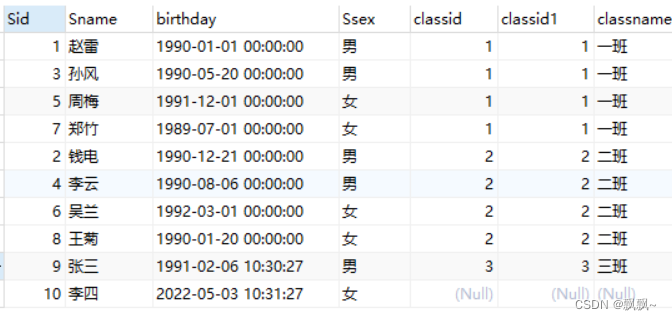
Query method of database multi table link
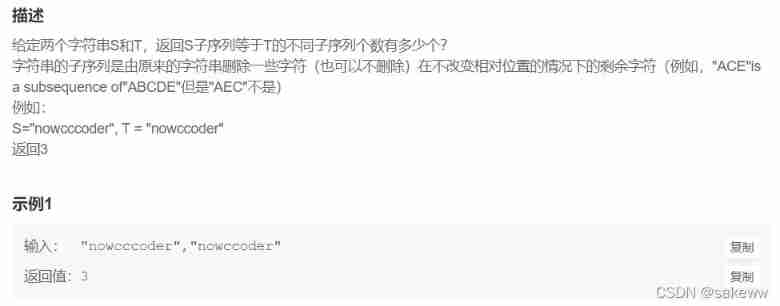
Cc36 different subsequences
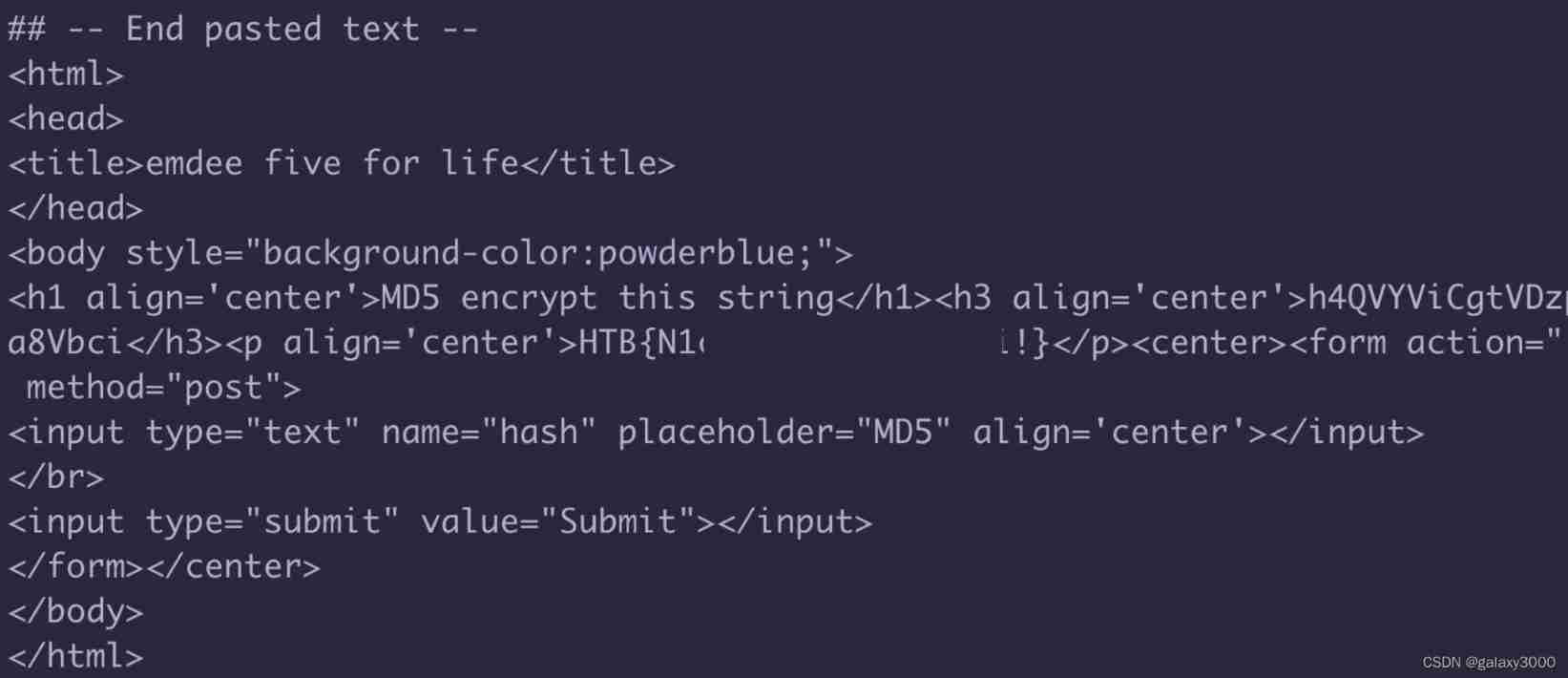
HackTheBox-Emdee five for life
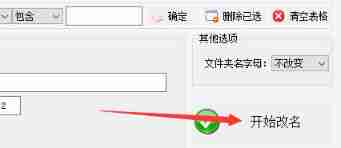
How to rename multiple folders and add unified new content to folder names

China's county life record: go upstairs to the Internet, go downstairs' code the Great Wall '
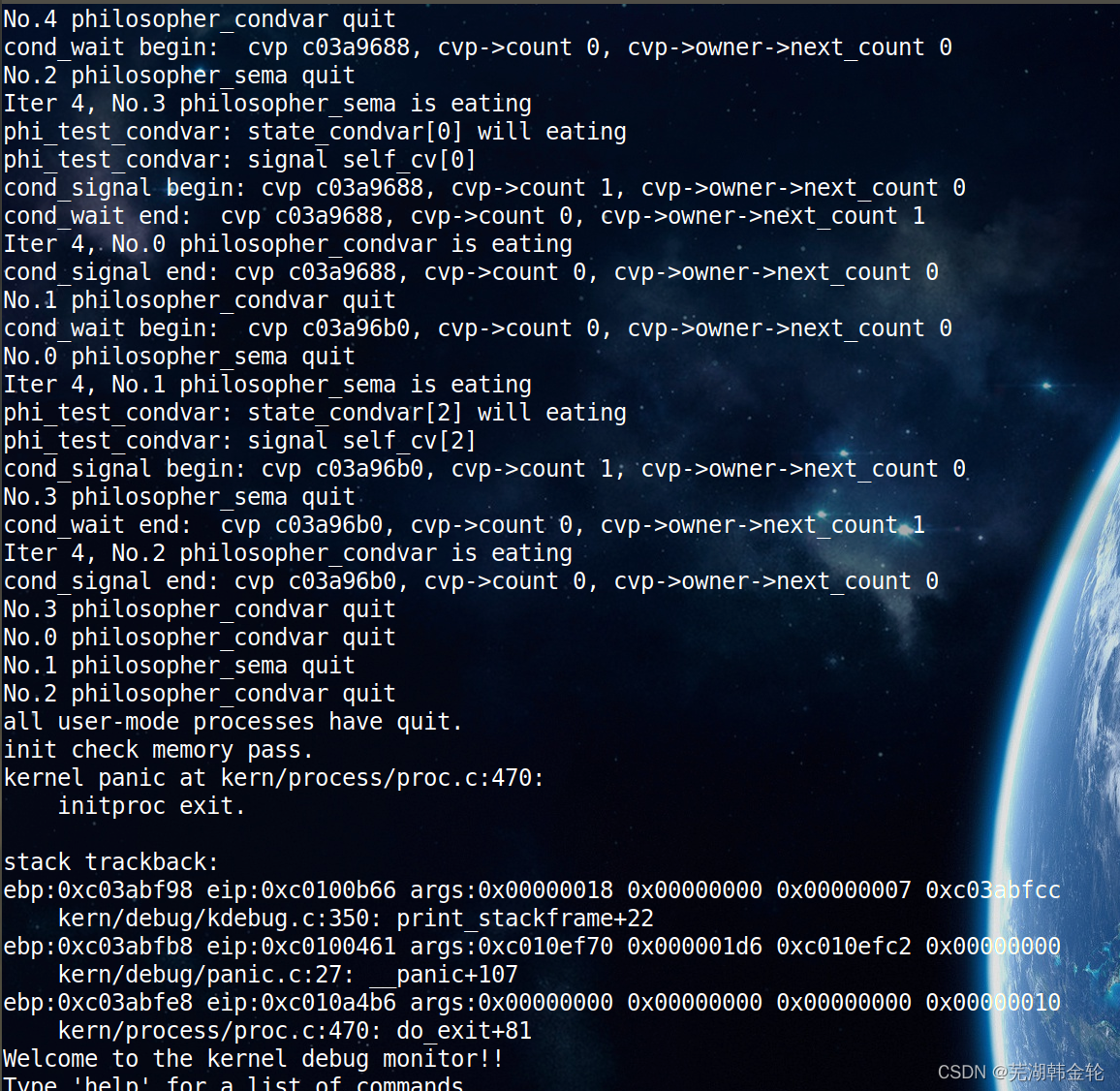
ucore lab7 同步互斥 实验报告
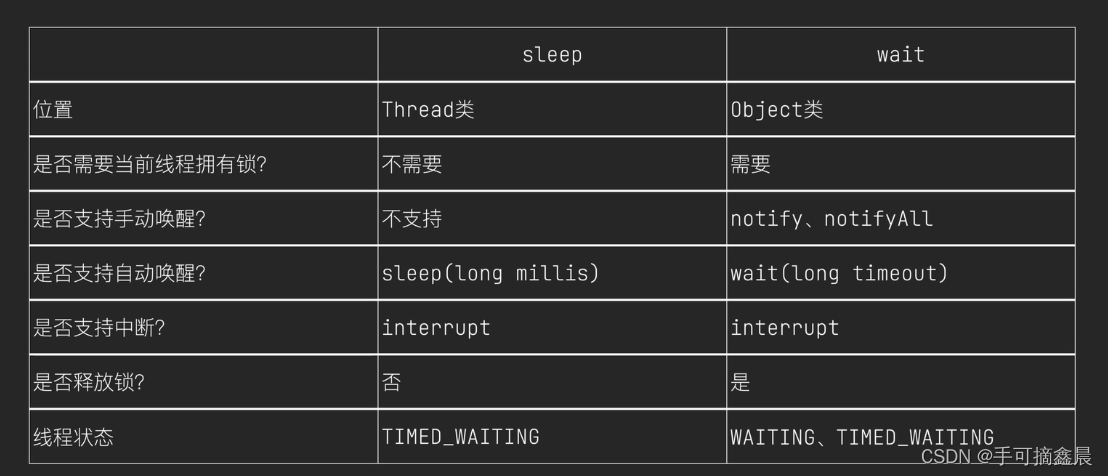
线程及线程池

UCORE lab7 synchronous mutual exclusion experiment report

The common methods of servlet context, session and request objects and the scope of storing data in servlet.
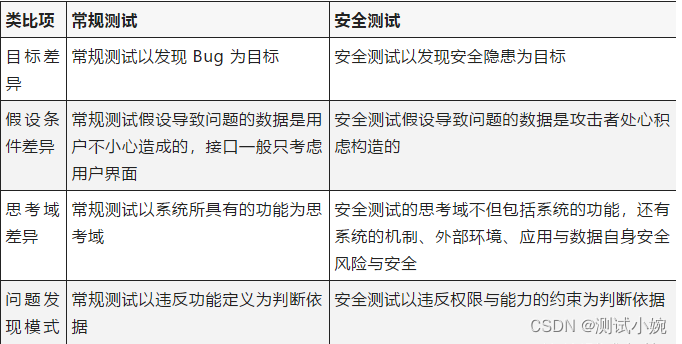
安全测试入门介绍
随机推荐
Zhejiang University Edition "C language programming experiment and exercise guide (3rd Edition)" topic set
Global and Chinese markets of cobalt 2022-2028: Research Report on technology, participants, trends, market size and share
Pointer -- output all characters in the string in reverse order
全网最详细的postman接口测试教程,一篇文章满足你
Pedestrian re identification (Reid) - Overview
软件测试面试要问的性能测试术语你知道吗?
To brush the video, it's better to see if you have mastered these interview questions. Slowly accumulating a monthly income of more than 10000 is not a dream.
Introduction to variable parameters
Software testing interview summary - common interview questions
Statistics 8th Edition Jia Junping Chapter 1 after class exercises and answers summary
MySQL数据库(二)DML数据操作语句和基本的DQL语句
Heap, stack, queue
CSAPP家庭作業答案7 8 9章
{1,2,3,2,5} duplicate checking problem
刷视频的功夫,不如看看这些面试题你掌握了没有,慢慢积累月入过万不是梦。
Nest and merge new videos, and preset new video titles
In Oracle, start with connect by prior recursive query is used to query multi-level subordinate employees.
The number of reversing twice in leetcode simple question
“Hello IC World”
Stc-b learning board buzzer plays music 2.0